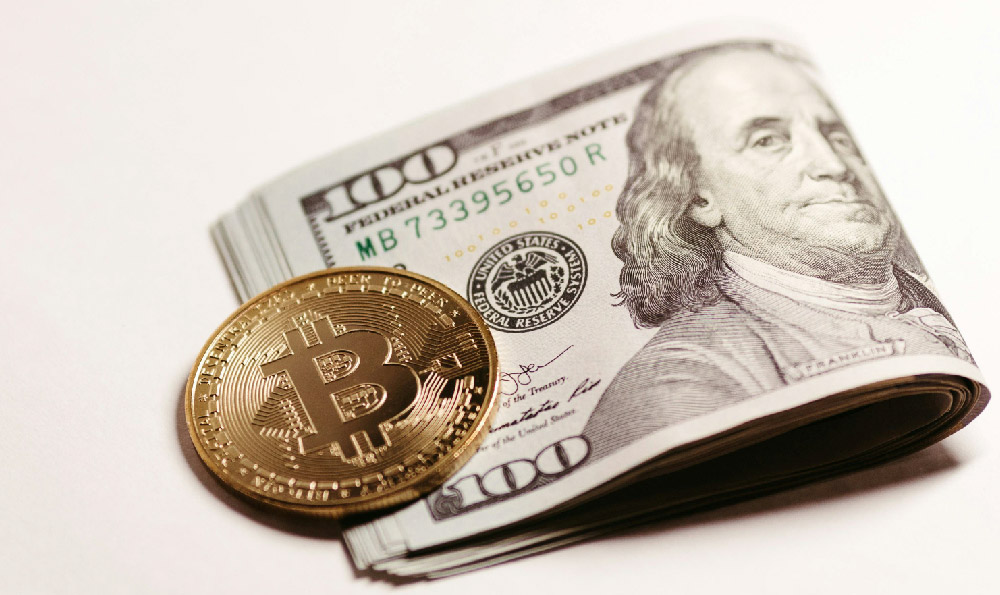Stagflation, a portmanteau of stagnation and inflation, is an economic condition characterized by slow economic growth and relatively high unemployment—or economic stagnation—which is at the same time accompanied by rising prices (i.e., inflation). This is particularly challenging for investors as traditional investment strategies often falter in such an environment. While some view stagflation as a period of mere survival, astute investors can potentially find opportunities for growth. Understanding the dynamics of stagflation and employing appropriate strategies is key to navigating this complex economic landscape.
The traditional playbook for combating inflation, typically involving interest rate hikes by central banks, can exacerbate the stagnation in a stagflationary environment. Higher interest rates can cool down demand, potentially curbing inflation but also leading to slower growth and higher unemployment. Similarly, policies designed to stimulate growth, such as government spending or tax cuts, might further fuel inflation. This creates a policy dilemma, making it difficult for policymakers to effectively address both problems simultaneously. For the investor, this means that traditional macroeconomic models might not accurately predict market movements. Historical data from periods of stagflation, like the 1970s, highlights the need for unconventional investment approaches.
Given these challenges, what are some effective investment strategies during stagflation? One common recommendation is to diversify your portfolio beyond traditional stocks and bonds. These asset classes can be particularly vulnerable during stagflation. Stocks might suffer from reduced corporate earnings due to slower economic growth and rising input costs. Bonds might also underperform as rising inflation erodes their real value and rising interest rates decrease their market price.

Instead, consider allocating a portion of your portfolio to assets that tend to perform well during inflationary periods. Commodities are often cited as a hedge against inflation. This includes precious metals like gold and silver, industrial metals like copper, and energy commodities like oil and natural gas. These assets tend to increase in value as prices rise, providing a potential buffer against the erosive effects of inflation on other investments. However, investing in commodities also carries risk. Commodity prices can be volatile and influenced by factors such as supply disruptions, geopolitical events, and changes in demand. Therefore, it's crucial to understand the specific dynamics of each commodity before investing.
Another potential hedge against inflation is real estate. While not immune to economic downturns, real estate, particularly rental properties, can benefit from rising rents during inflationary periods. Moreover, the tangible nature of real estate makes it a relatively stable asset compared to some other investments. However, real estate is a relatively illiquid asset, meaning it can be difficult to quickly convert into cash. It also requires significant capital investment and ongoing management. Additionally, higher interest rates can dampen demand for real estate, potentially slowing down price appreciation.
Inflation-protected securities, such as Treasury Inflation-Protected Securities (TIPS), are designed to protect investors from inflation. TIPS are bonds whose principal is adjusted based on changes in the Consumer Price Index (CPI). As inflation rises, the principal of the TIPS increases, and vice versa. This helps to preserve the real value of your investment. TIPS are generally considered a low-risk investment, but their returns might be lower than other asset classes in a high-inflation environment.
Beyond these inflation hedges, consider investments that are less correlated with the overall economy. This might include value stocks, which are stocks that are trading below their intrinsic value. Value stocks tend to outperform growth stocks during periods of economic uncertainty. Companies with strong balance sheets and consistent dividend payouts can also provide a degree of stability during stagflation. Furthermore, certain sectors might be more resilient during stagflation than others. For example, the healthcare sector tends to be relatively insulated from economic downturns, as demand for healthcare services remains relatively constant.
It's also important to actively manage your portfolio during stagflation. This means regularly reviewing your asset allocation and making adjustments as needed to reflect changes in the economic environment. Consider using stop-loss orders to limit potential losses on your investments. Consult with a qualified financial advisor to get personalized advice tailored to your specific financial situation and risk tolerance. They can help you navigate the complexities of the market and make informed investment decisions.
Finally, remember that stagflation is often a temporary phenomenon. While it can be challenging to navigate, it's important to avoid making rash decisions based on short-term market fluctuations. Stay focused on your long-term financial goals and maintain a disciplined investment approach. By diversifying your portfolio, hedging against inflation, and actively managing your investments, you can not only survive stagflation but also potentially position yourself for long-term financial success. The key is to be adaptable, informed, and patient. While the environment may seem bleak, opportunities often emerge for those who are prepared to seize them. Remember, successful investing during stagflation requires a proactive, rather than a reactive, approach. Analyzing leading indicators, understanding government policies, and staying abreast of global economic trends are crucial to making informed investment decisions.












